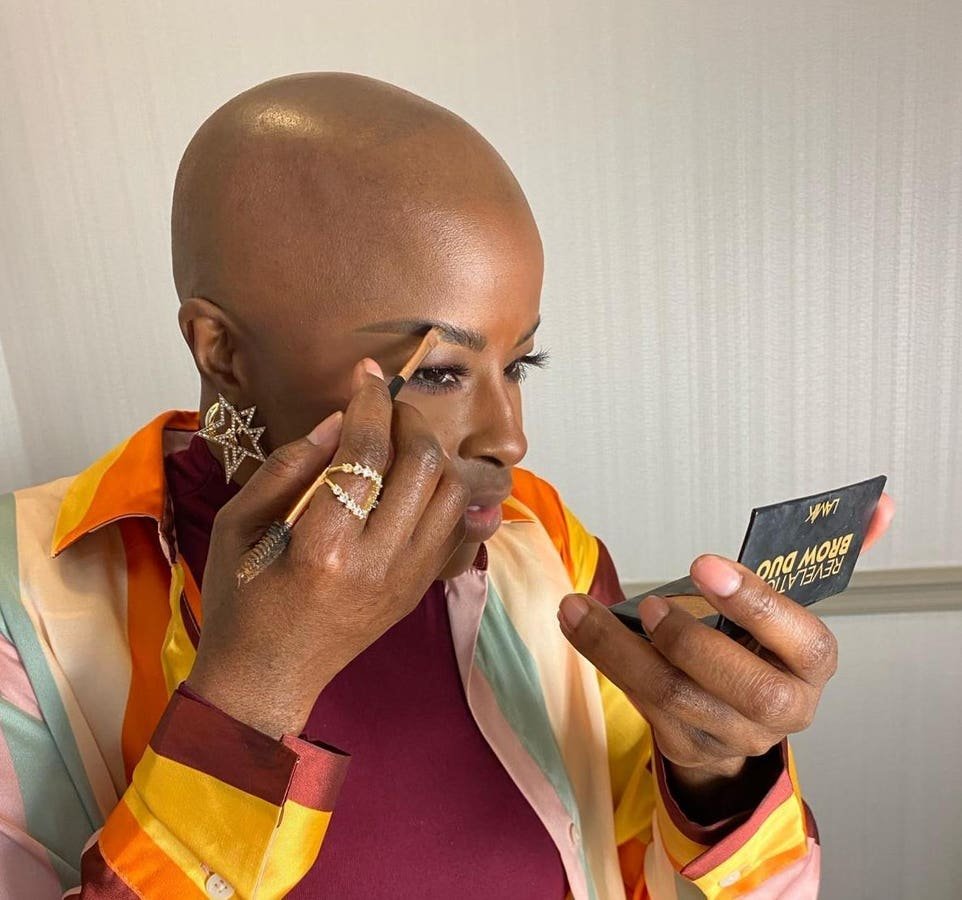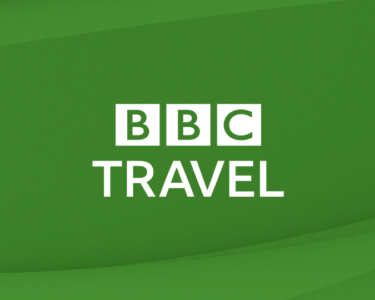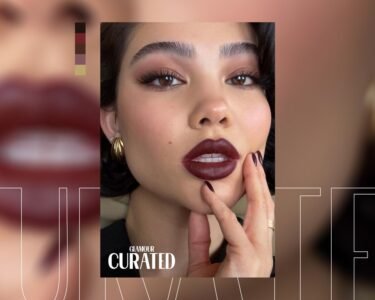Kim Roxie, LAMIK Beauty Founder
Inclusive owned beauty brands are more than just businesses; they are catalysts for change across the industry. Companies like LAMIK Beauty, and its clean products, have consistently been at the forefront of tech integration through focusing on underserved markets, with founder Kim Roxie pushing the industry to expand its horizons. By addressing gaps in representation, celebrating cultural authenticity, empowering communities, and driving innovation, this beauty brand is reshaping the sector into a more inclusive and equitable space.
The Breakdown You Need To Know:
The global beauty market’s headed for $580 billion by 2027, climbing 6% each year. Premium beauty’s leading the charge, eyeing an 8% annual jump through 2027. Unfortunately, the stark reality is that Black-owned brands hold just 2.5% of industry revenue and this is something LAMIK is aiming to change.
Beauty’s next generation won’t settle for surface-level inclusion. Specifically, 40% of Gen Z ranks diversity as their top priority when selecting beauty products. A message that has hit cash registers with 31% of U.S. consumers now boycotting brands lacking real diversity commitment.
It’s because of this that Roxie was able to flip the beauty script with just $500 from her mother to start her brainchild, LAMIK Beauty. She didn’t just enter the inclusive beauty scene, LAMIK kicked the door wide open. The name itself drops major hints about the mission: “Love and Makeup in Kindness” isn’t just clever wordplay, it’s the blueprint for shaking up beauty’s status quo.
“I’m focused on building a purpose-driven, scalable business with a clear mission to redefine beauty through clean, vegan products for women of every shade and skin tone, filling a gap in the market that investors couldn’t ignore,” said Roxie to CultureBanx.
Building Better Foundations:
Companies like Rihanna’s Fenty Beauty dropped a game-changing bomb on the industry back in 2017. The brand’s 40-shade foundation line racked up over $100 million in sales during its first 40 days, proving what industry veterans had missed for years, inclusivity sells. Fenty Beauty’s direct-to-consumer, along with its brick-and-mortar strategy helped pave the way for other inclusive brands that share a similar mission.
Top beauty brands master three plays: retail partnerships, innovation edge, and community bonds. LAMIK is doing all of this and snagged the title as the first Black-owned clean makeup brand to hit Ulta.com’s digital shelves.
Roxie stated that “the company has formed key partnerships with distributors like Ulta Beauty, JCPenney, H&M, and HSN, significantly broadening the brand’s presence and accessibility to diverse consumers.” Collaborations like these have enabled LAMIK to thrive by aligning with major retail platforms that share its commitment to inclusivity, while reaching new audiences across multiple channels.
Recently the brand opened a new beauty retail concept on Black Wall Street in Tulsa Oklahoma. This allows LAMIK to continue to operate uniquely at the intersection of representation and innovation, proving that beauty can be inclusive, impactful, and profitable.
Green Beauty Means Green Money:
Beauty inclusion reaches beyond brand ownership to how the products are created. Natural beauty ingredients, worth $642 million in 2022, eye a whopping $1.09 billion by 2030. Growth has been ongoing for the market as sustainable products expanded 10% yearly from 2020 to 2023. Industry wide investment has followed because now 62% of beauty brands now pour cash into sustainable packaging, according to Euromonitor International.
Big retail players are getting the picture, with stores like Target and Ulta stepping up, stacking their shelves with more BIPOC-owned brands. Also, money talks, and consumers shouted for change as McKinsey found that 83% of Black consumers prefer to purchase from Black brands. Not to mention that 47% of beauty shoppers rock with brands pushing diversity and inclusivity, according to Mintel.
Beauty’s new math hits differently for brands flying the inclusive flag as they experience an 18% collective growth rate while their competitors limped along at 12%. This is something that has not gone unnoticed by investors, even though Black brands pull median venture rounds of only $13 million.
“Everything has become harder from raising capital, negotiating with retailers, finding authentic influencers, and ensuring that we have the highest quality products at a reasonable market price,” said co-owner of Black Opal, Desiree Rogers to Essence. However, the BrainTrust Fund stands ready with a $25 million venture fund aimed at Black beauty and wellness innovators.
What’s Next:
It’s important to remember that inclusive beauty founders shatter performance metrics when given proper backing. Specifically, venture-funded inclusive brands pull median revenues 89 times higher than non-inclusive competitors. The blueprint stands clear: mix tech with community love, scale smart, and watch beauty’s old guard play catch-up to the new brands like LAMIK that are redefining the industry.




